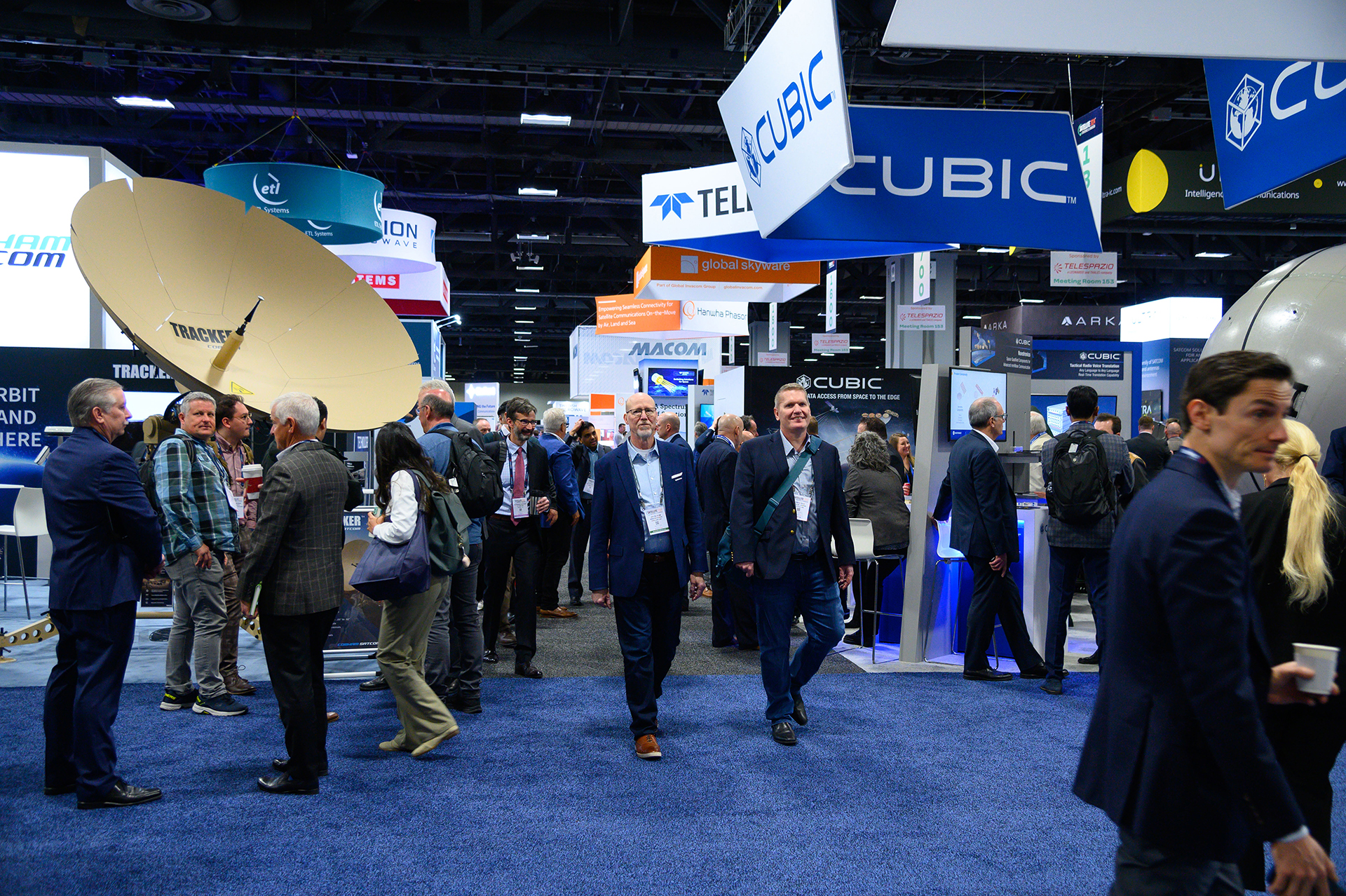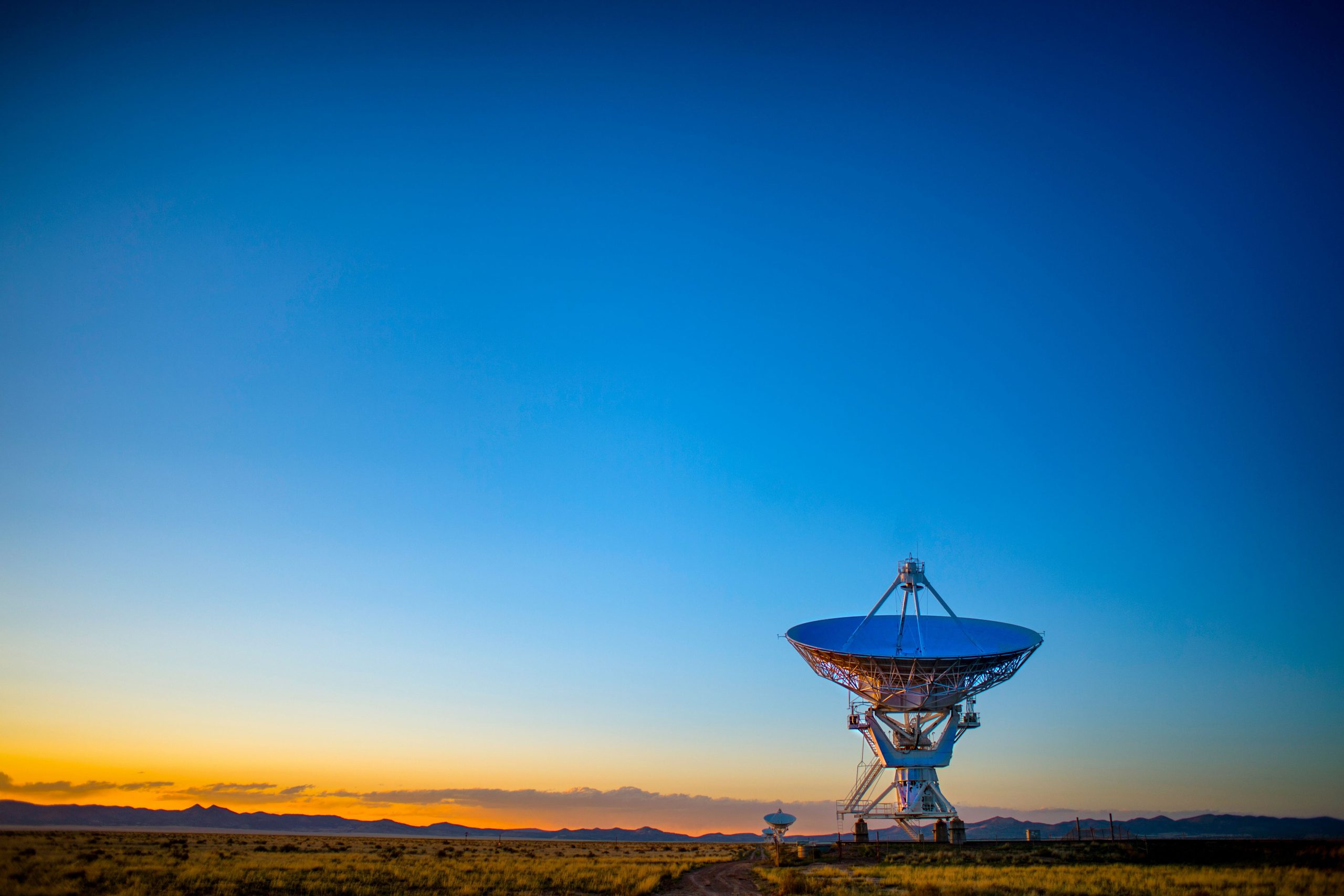Space Tech Expo Europe 2025: The NewSpace Sector Steps Up!
Alistair Wilson, Senior Consultant – Satellite & NewSpace at neuco
As someone who’s recently joined the world of Satellite & NewSpace, attending my first Space Tech Expo in Bremen was a real eye-opener. I’ve heard from colleagues how impactful this event can be, but seeing the innovation, energy, and the sheer scale of opportunity was fantastic! t’s clear that Space Tech Expo Europe has earned its place as a cornerstone event for the global space community.
This blog post explores some of the main topics we saw at the show and how they are shaping the industry.
NewSpace Momentum Is High
There’s no doubt that the NewSpace sector is stepping up. From hardware to software, from LEO platforms to in-orbit servicing, what stood out most was just how many of the businesses in this space are now delivering, rather than just developing.
Startups and scale-ups came into the event with credibility and clarity. These aren’t speculative ventures anymore; they’re executing on real missions, building out ecosystems, and shaping commercial pathways.
There’s also a new wave of innovation being driven by companies like Dawn Aerospace, Okapi:Orbits, Reflex Aerospace, Gomspace, OQ Technology, Ramon.Space, Look up, Bright Ascension, LeanSpace, and ExoLaunch are solving some of the challenges of autonomy, command and control, and scalable software infrastructure. Across the board, confidence was high, and rightly so.
Smallsats Continue to Dominate
One of the clearest shifts is the dominance of smallsats in conversations across the floor. Smaller, faster-to-deploy platforms are becoming the foundation for new constellations, high-speed data transfer, scientific observation, and even defence applications.
The focus has moved from feasibility to functionality. The smallsat economy is now a major commercial force and a key driver in the sector’s expansion. And as manufacturing lead times shrink and more launch options emerge, the barrier to entry continues to drop.
Connectivity Is Now the Main Battleground
Connectivity was everywhere. Whether it was direct-to-device, hybrid constellations, or sovereign infrastructure, the narrative has changed from payloads and platforms to integration and accessibility.
What’s becoming clear is that companies winning in this space aren’t just building spacecraft; they’re building end-to-end services. With that comes new thinking around ground infrastructure, spectrum licensing, data processing, and commercial partnerships.
Sovereignty, Sustainability and Strategic Thinking
Several panels throughout the week addressed the need for clearer strategy and collaboration across Europe. With the upcoming ESA Ministerial Conference looming large, many industry voices expressed both concern and cautious optimism.
There’s a growing consensus around the importance of sovereignty, regulation, and responsibility. Quantum key distribution, on-orbit cybersecurity, faster licensing for European spaceports, and AI-driven mission oversight are no longer emerging issues; they’re strategic priorities.
Final Thoughts
Bremen was a brilliant introduction to the possibilities of NewSpace. There’s still a long way to go, but the direction of travel is clear: smarter, faster, more connected, and more commercially aware.
At neuco, we speak to the companies building this future every day, and our work in supporting their growth has never felt more relevant. If you’re hiring, scaling, or simply exploring what’s next, we’d love to hear from you.
Please email hello@neuco-group.com with any questions or queries you may have for us!












